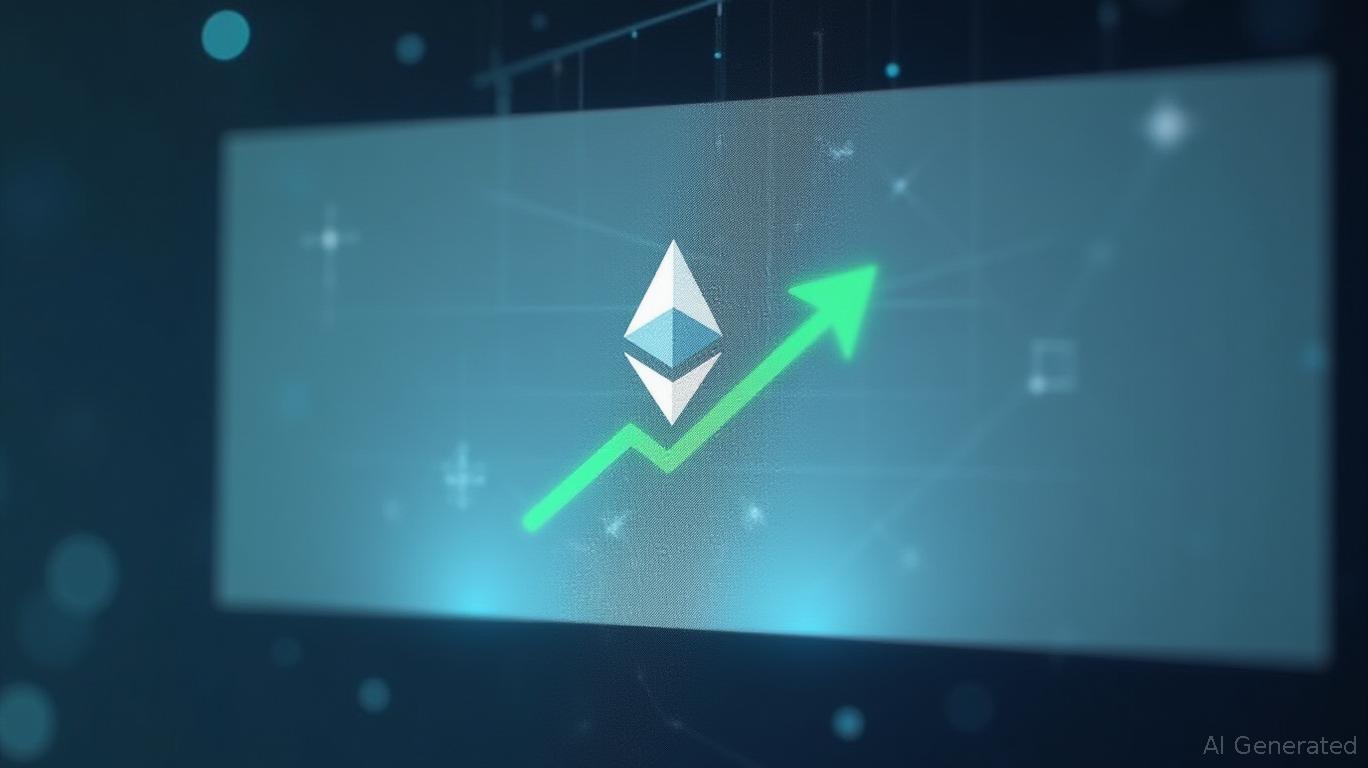Ethereum's Stablecoin Supply Hits Record High Amid Layer 2 Growth
Ethereum’s ecosystem is experiencing significant growth, particularly in the sectors of stablecoins and tokenized assets. The supply of stablecoins on Ethereum recently reached a record high, indicating widespread adoption and trust in Ethereum’s infrastructure. This growth is a testament to the real-world applications being built on Ethereum, despite regulatory challenges. Additionally, Ethereum has seen substantial growth in tokenized assets, with financial institutions recognizing it as a secure platform for asset management. This development underscores Ethereum’s potential to revolutionize the financial sector.
Ethereum’s Layer 2 (L2) solutions have also gained considerable attention. These solutions are designed to scale the network while minimizing the burden on the base layer (L1). L2s have been successful in offering enhanced scalability with lower transaction costs, but this success has come at a cost for L1. The fees paid to the Ethereum base layer have dropped significantly, which has affected the demand for $ETH as a utility token. This decrease in demand has contributed to $ETH’s underperformance, particularly compared to Bitcoin. The $ETH/$BTC ratio has slipped to a five-year low, indicating that Ethereum is performing poorly relative to Bitcoin.
One of the main reasons for this disconnect is the decreasing revenue from the Ethereum network. The recent decrease in fees from the Ethereum base layer has reduced the demand for $ETH. Additionally, the rate of $ETH burn has dropped, turning Ethereum into an inflationary asset. This situation is concerning for long-term holders, as the supply of $ETH is increasing at a rate faster than the demand, which could negatively impact its price.
Despite these short-term challenges, Ethereum’s strategy for long-term scaling remains on course. The upcoming Pectra and Fusaka upgrades are anticipated to address some of the current issues by augmenting blob capacity and driving demand for Layer 1 services. These upgrades aim to restore value accrual to $ETH by raising transaction throughput and pushing network efficiency to new heights. The Pectra upgrade is expected to alleviate congestion on the Ethereum network, making transactions faster and cheaper. Fusaka will push various enhancements to Ethereum’s consensus mechanism, allowing for even more scalability of the network. These upgrades should result in an increased use of the Ethereum base layer.
Although $ETH’s current performance is under par, Ethereum’s future looks promising. With significant developments on the horizon, an ever-expanding ecosystem, and relentless innovation on both Layer 1 and Layer 2, Ethereum is well-positioned to bounce back from its recent struggles. However, investors will need to be patient, as the scaling and other necessary improvements will take time to translate into real benefits for $ETH holders.




_41c5d7291749577840008.jpeg)





